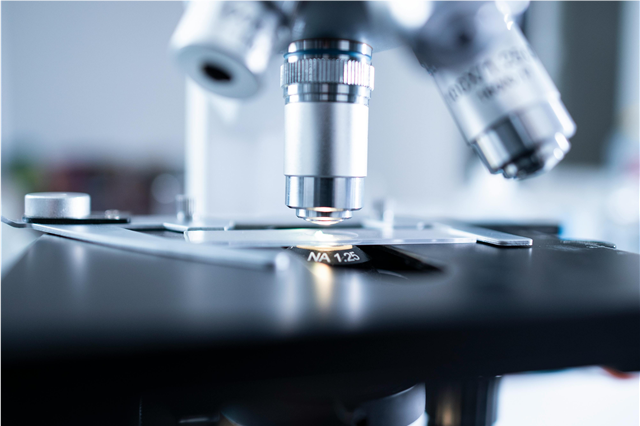
What are the uses of laboratory equipment in chemical analysis?
From the food we eat to the medicines we take, chemical analysis touches every aspect of our daily lives. But what magic happens behind the scenes that makes this possible? The answer lies in sophisticated laboratory equipment for chemical analysis – the unsung heroes that unlock the mysteries of matter itself.
The Hidden World of Chemical Detective Work
Think of laboratory equipment as a high-tech detective toolkit. Just like Sherlock Holmes uses his magnifying glass, scientists rely on specialized instruments to solve complex chemical mysteries. These tools can detect substances at concentrations so low they're equivalent to finding one drop of food coloring in an Olympic-sized swimming pool!
15 Fascinating Uses of Laboratory Equipment in Chemical Analysis
1. Spectrophotometers: The Molecular Color Readers
These instruments don't just measure color – they reveal the fingerprint of molecules. By analyzing how substances absorb light, spectrophotometers can identify everything from pharmaceutical compounds to environmental pollutants with stunning accuracy.
2. Chromatography Systems: The Ultimate Separation Artists
Ever wondered how scientists separate the thousands of compounds in a single drop of blood? Chromatography equipment acts like an incredibly precise sieve, separating complex mixtures into individual components faster than you can say "analysis complete."
3. Mass Spectrometers: The Molecular Weigh Scales
These incredible machines can weigh individual molecules with such precision that they can detect differences as small as a single hydrogen atom. It's like having a scale that can weigh a feather down to the mass of a grain of sand!
4. pH Meters: The Acidity Detectives
Your morning coffee, your swimming pool, even your blood – pH meters keep everything in perfect chemical balance. These devices measure acidity levels with such precision that they're crucial for everything from brewing beer to monitoring patient health.
5. Titration Equipment: The Chemical Measurement Masters
This classic analytical technique uses laboratory equipment to determine concentrations with mathematical precision, ensuring everything from your medication to your car's battery acid is exactly the right strength.
6. Centrifuges: The Super-Speed Spinners
Spinning samples at speeds up to 100,000 rotations per minute, centrifuges separate components by density in minutes what would take nature centuries to accomplish naturally.
7. Atomic Absorption Spectrometers: The Metal Hunters
These instruments can detect metallic elements at concentrations as low as parts per billion – that's like finding one penny in a stack of money stretching from New York to Los Angeles!
8. Infrared Spectrometers: The Molecular Vibrators
By measuring how molecules vibrate when exposed to infrared light, these instruments can identify chemical bonds and structures, essentially reading the "barcode" of any substance.
9. Gas Chromatography-Mass Spectrometry (GC-MS): The CSI Super Tool
This powerful combination is the workhorse of forensic science, capable of identifying unknown substances in crime scenes, environmental samples, and even space missions.
10. Electrochemical Analyzers: The Electron Counters
These devices measure electrical properties to determine chemical concentrations, making them essential for monitoring everything from blood glucose levels to water quality.
11. Thermal Analyzers: The Heat Historians
By monitoring how materials respond to temperature changes, these instruments reveal crucial information about stability, composition, and quality of everything from plastics to pharmaceuticals.
12. X-Ray Fluorescence Spectrometers: The Elemental Readers
Non-destructive and incredibly precise, these instruments can identify the exact elemental composition of materials without damaging the sample – perfect for art authentication and archaeological discoveries.
13. Nuclear Magnetic Resonance (NMR) Spectrometers: The Molecular Architects
NMR equipment can determine the three-dimensional structure of complex molecules, helping scientists understand how drugs interact with the human body at the atomic level.
14. Particle Size Analyzers: The Dimension Detectives
These instruments measure particles from nanometers to millimeters, ensuring everything from cosmetics to cement meets precise specifications.
15. Automated Sample Handlers: The Robot Chemists
Modern laboratories use robotic systems that can process hundreds of samples automatically, revolutionizing drug discovery and clinical testing with unprecedented speed and accuracy.
Real-World Impact You Can't Ignore
The applications of this equipment extend far beyond the laboratory walls. Every medication you take has been analyzed by these instruments to ensure safety and efficacy. The food you eat is tested for contaminants using this technology. Even the air you breathe and water you drink are monitored using laboratory equipment.
The Future is Now
Today's laboratory equipment is becoming smarter, faster, and more precise. Artificial intelligence integration means instruments can now "learn" from previous analyses, making predictions and improving accuracy over time. Portable versions of once-bulky equipment are taking chemical analysis to remote locations, disaster zones, and even other planets.
Why This Matters to You
Understanding the role of laboratory equipment in chemical analysis isn't just fascinating – it's essential. These tools are protecting your health, ensuring environmental safety, advancing medical research, and driving technological innovation that improves quality of life for billions of people worldwide.
The next time you take a pill, enjoy clean drinking water, or marvel at a technological breakthrough, remember that somewhere, sophisticated laboratory equipment is working behind the scenes, making it all possible through the power of chemical analysis.
From solving crimes to discovering new medicines, from ensuring food safety to exploring space, laboratory equipment continues to push the boundaries of what we can understand about the chemical world around us. It's not just science fiction – it's scientific fact, powered by the incredible capabilities of modern analytical instrumentation.


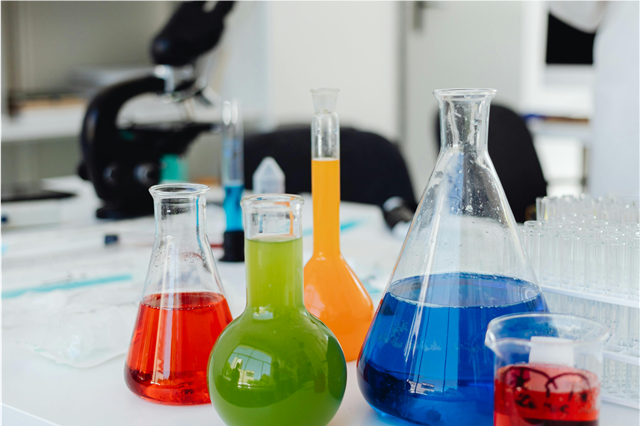
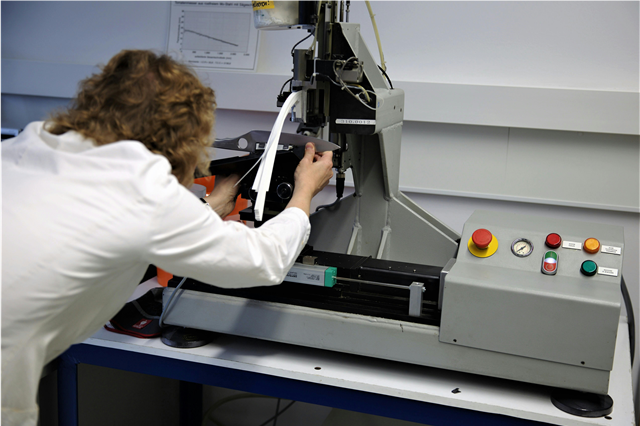
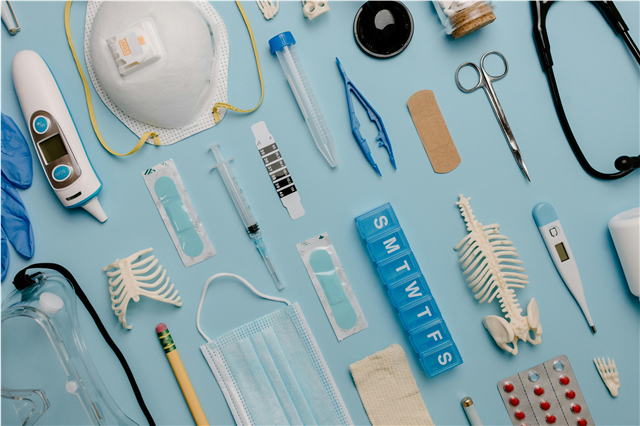
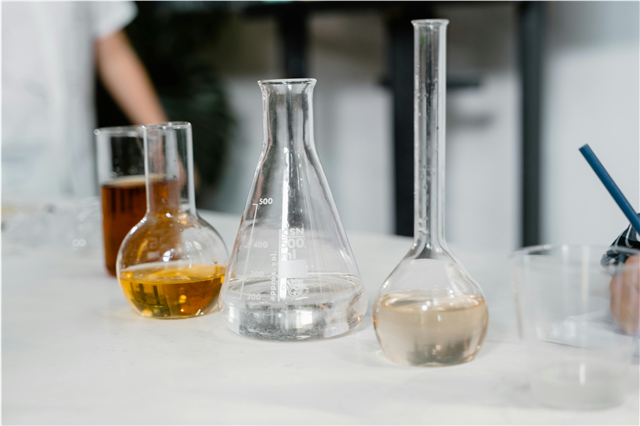
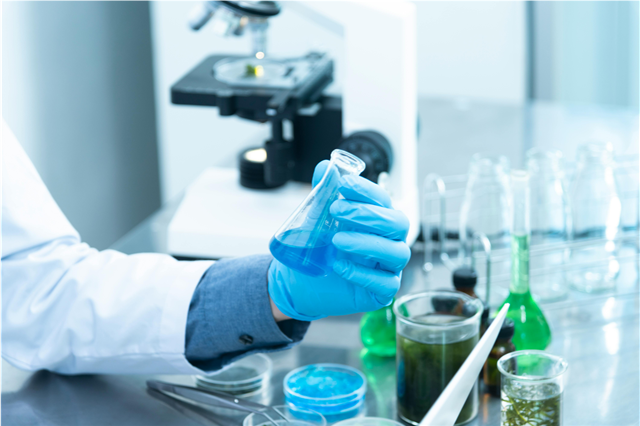

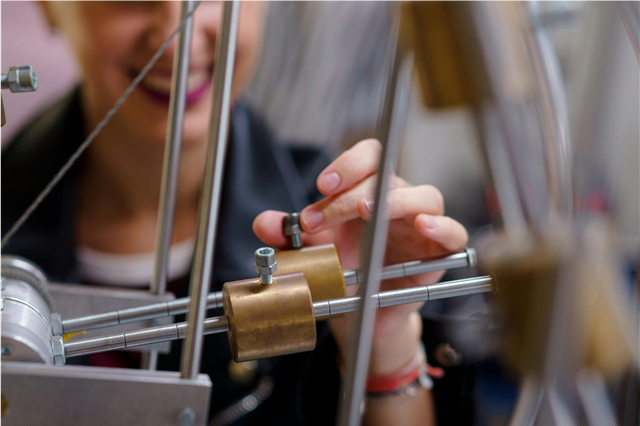







Post Comment